Public gardens foster the public good
Flowers are beautiful hieroglyphics of Nature, with which she indicates how much she loves us. —Johann Wolfgang von Goethe
Share the love and refresh your soul as Secretary Skorton takes a tour of the Smithsonian’s gardens.
May arrives at Smithsonian gardens in an exuberant way. Chattering birds, foraging for food to feed hungry hatchlings, flock near flowers of every shape and color, and trees in every shade of green. With the first warm weather, our gardens become magnets for visitors—tourists taking pictures; families pausing to park strollers and exercise toddlers; high-schoolers, jostling and flirting; and people resting on benches, reading books or just enjoying the beautiful botanical settings. I walk through the gardens around and near the Castle every day and they remind me of the importance of Nature in our lives.
May 12 is National Public Gardens Day and, among gardens, the Smithsonian’s are unique. Accredited by the American Association of Museums, our 14 gardens connect people to history, science, culture, and the arts by reflecting our collections, exhibitions and the landmark buildings that house them. The inspired and inspiring work of managing our gardens and teaching people about plants is overseen by Smithsonian Gardens. Cultivating America’s Gardens is a new exhibition by the department, developed in partnership with Smithsonian Libraries. Opening May 4 at the National Museum of American History, the show presents highlights in the history of American gardens through posters, books, gardening tools, catalogs, photographs and other materials.
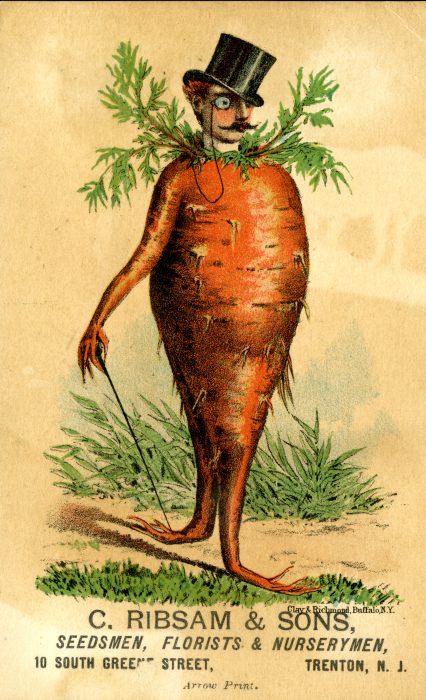
Carrotman Seed trading card, C. Ribsam & Sons, Trenton , N.J., 1880s. Smithsonian Gardens, Horticultural Artifacts Collection. From the exhibition “Cultivating America’s Gardens,” on view at the American History Museum through August 2018.
Smithsonian Gardens also just launched its first app, “Community of Gardens.” This digital archive encourages members of the public to document their gardens using images, videos, and the stories they contribute.
Today’s complex of Smithsonian gardens evolved over time, as the Institution grew. The Office of Horticulture—forerunner to Smithsonian Gardens—was established in 1972. Several Smithsonian museums opened between the 1960s and 70s, around the time a national gardening boom began. Buoyed by Americans’ interest in gardening, we have continued our commitment to garden development, particularly with regard to the dual aesthetic and educational purposes they serve. Examples of mission-inspired installations are the WWII-era Victory Garden at National Museum of American History, the Native Landscape at National Museum of the American Indian, and the Pollinator Garden at the National Museum of Natural History. With contemporary furnishings and seasonal plantings that reflect its commitment to design, the Cooper Hewitt’s Arthur Ross Terrace and Garden in New York also reflects this mission.
The horticulturists, gardeners, arborists, entomologists, museum specialists, landscape architects, curators, biological technicians, and other professionals of Smithsonian Gardens perform the myriad functions that caring daily for living specimens require—Nature is a fickle mistress. From computer stations to laboratories, from fields and greenhouses to the outdoor garden spaces and indoor displays they manage, staff members cover thousands of square feet of grounds, through all four seasons. Nonetheless, they make time for public education, assisted by volunteers. From garden tours to public programs to hand-lettering labels for individual specimens, they offer talks and hands-on instruction. I often see people studying plant labels in our gardens, carefully copying down the Latin and common names.
Smithsonian Gardens maintains an excellent website and, through social media and a newsletter, admirably serves online visitors. Its Annual Report and Strategic Plan are available on its site.
“Let’s Talk Gardens,” Smithsonian Garden’s noontime program series, will begin May 11 in the Enid Haupt Garden and continue, every Thursday, until early fall. Topics range from planning and caring for gardens to the many options there are for enjoying and preserving the bounty of home-grown flowers and foods. It’s an excellent way to spend your lunch hour.
Gardens are good for us, body, mind and soul. See you in the garden!
Posted: 1 May 2017
- Categories:
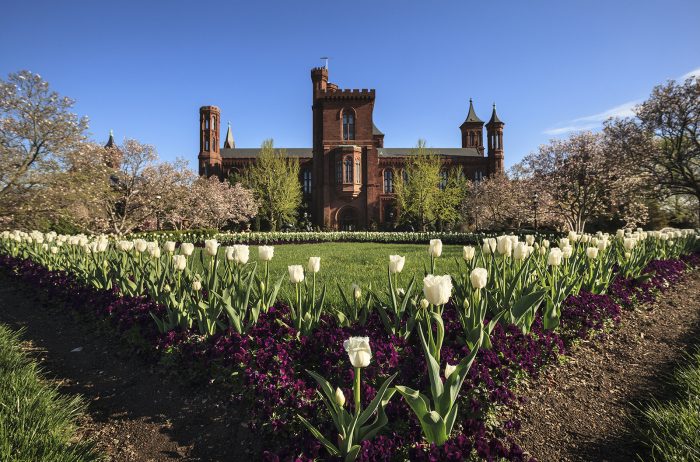
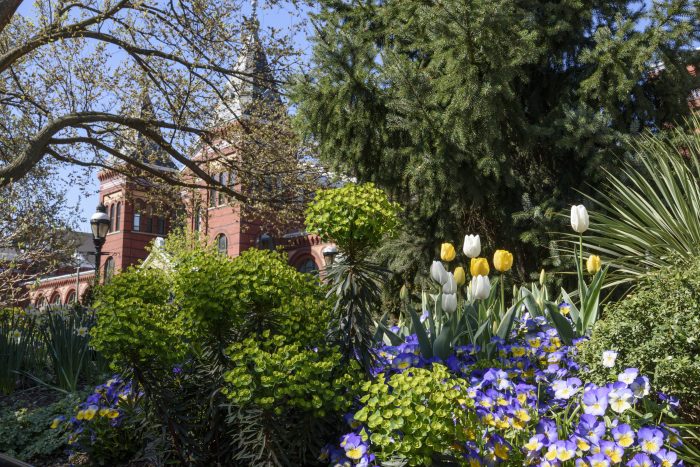

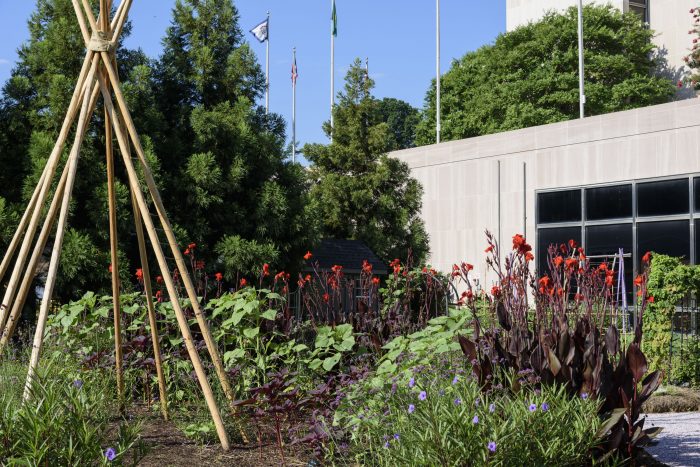
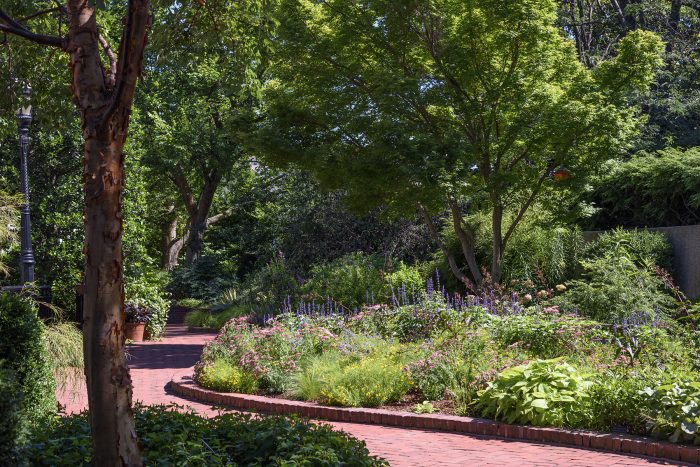




Secretary Skorton:
You do know that the Garden Clubs of America, the Garden Conservancy, the Federal Committee of 100, the National Trust for Historic Preservation and thousands of Save the Haupt Garden petitioners are opposed to the Smithsonian’s plans to destroy the existing Haupt Garden with only the vaguest ideas for its replacement.
The Quadrangle just received Historic District status by DC’s Historic Preservation Review Board with referral to the National Register. I would hope that you might join the efforts of these groups and individuals to Save the Haupt Garden as you often write correspondents about how much you enjoy observing the garden from your Castle office.
Please join us by signing the Save the Haupt Garden petition. It’s easily accessed on-line.
David M. Maxfield